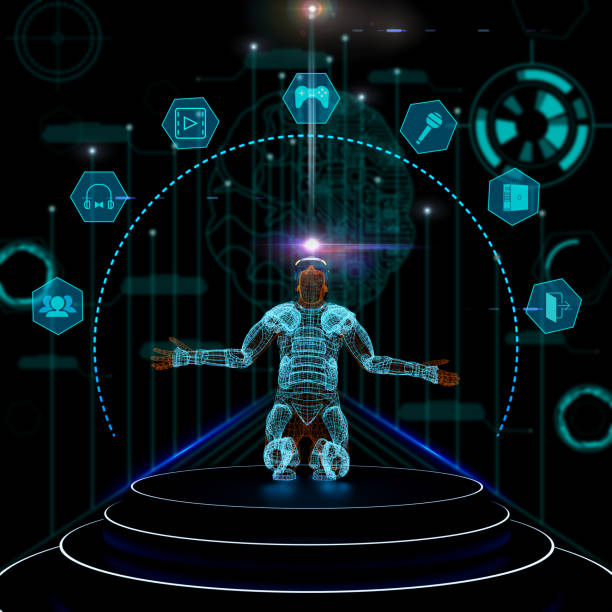Gaming in the Age of Spatial Computing The future is now ahead
In 2025, we are standing at a turning point where the line between technology and imagination is getting blurredSpatial Computing a technology that connects our physical and digital world together is now revolutionizing the world of gaming.
Apple Vision Pro, Meta Quest 3, and other XR devices have given gaming a new direction, where we are stepping out of the screen and stepping into the world of the game itself. Let’s understand what is spatial computing, and how it is changing gaming.
What is Spatial Computing?
Spatial computing is the technology that allows physical space and digital objects to interact together. It uses technologies like AR Augmented Reality VR (Virtual Reality and MR (Mixed Reality which take the user to a world where digital elements blend with the environment around us.
Example Now you can see dragons flying in your room while playing games or experience 3D horror missions on your table.
Change in gaming experience
Spatial computing has transformed gaming from ascreen-focused experience to an involvement-based experience. Now the player does not just control the game, heparticipates in it.
Interactive spaces
Players can now touch, move, and look around virtual objects in-game just like in the real world.
360-degree immersion
With VR headsets and head-tracking, users can now see every part of a game in 360 degrees, making the experience completely immersive.
Location-aware gaming
Spatial computing is now adapting games to your actual location. Meaning if you’re in your living room, the game can turn that space into a virtual level.
Some popular examples
What the Bat? on Apple Vision Pro
A funny and interactive AR game that changes its missions depending on the room.
Assassin’s Creed Nexus on Meta Quest 3
Where you do missions yourself with a hidden blade just like the real thing.
Niantic’s Mixed Reality Platform
Moving on from Pokémon GO, the company is now focused solely on AR gaming.
Challenges and Limitations
While spatial computing has raised the bar for gaming, there are some challenges
High cost Devices like the Apple Vision Pro are still expensive and not within the reach of every gamer.
Physical space required You need to have enough space to play some games.
Motion sickness Prolonged use of VR/AR can cause headaches or dizziness in some people.
A glimpse into the future
Looking ahead to 2025, we can expect to see
Games will recognize and react to your movements, facial expressions, and tone of voice.
Multiplayer spatial gaming will grow rapidly, where you can go on digital adventures with your friends in real spaces.
Developers will create more “room-aware” games that adapt based on your environment.
Conclusion
Spatial computing is not just a technological breakthrough, but a change in the definition of gaming. Games are now entering our world, and we are entering them the boundaries are blurring.
If you haven’t tried AR/VR gaming yet, believe me the future is already here.
If you want, I can even provide SEO titles, meta descriptions, or thumbnail design ideas.
